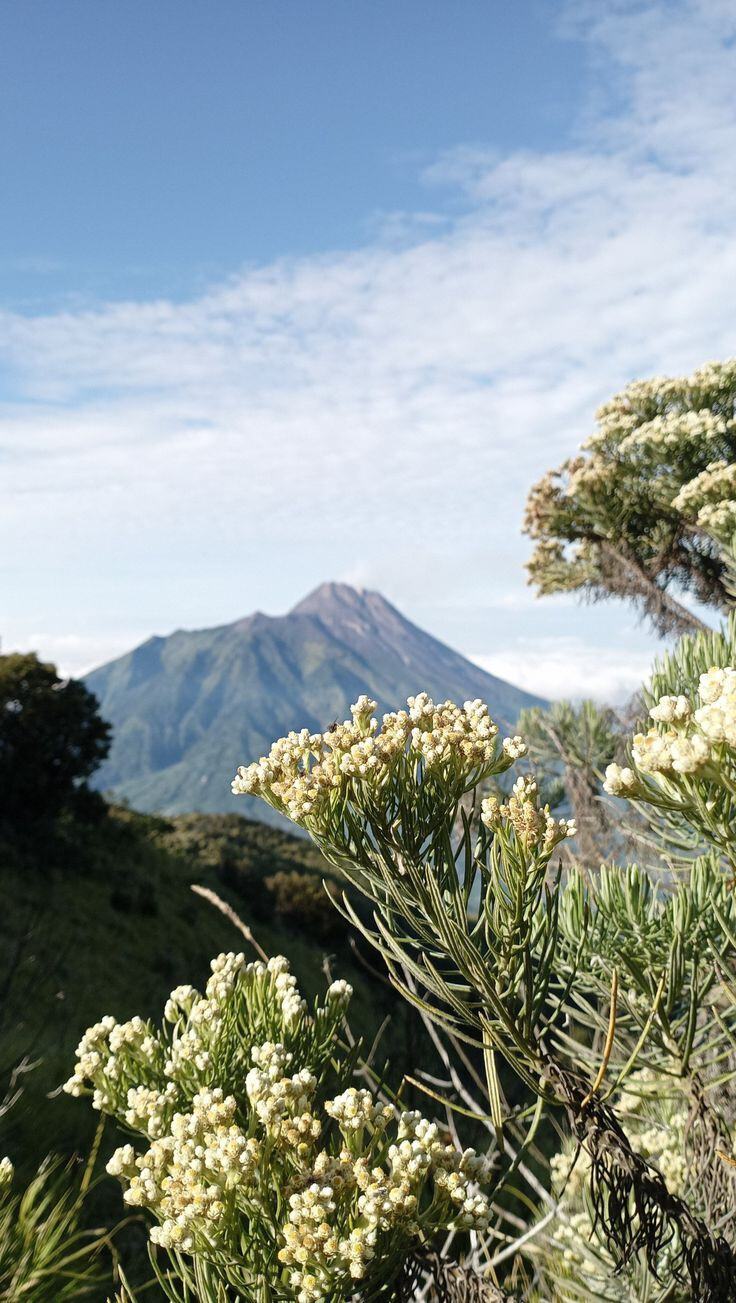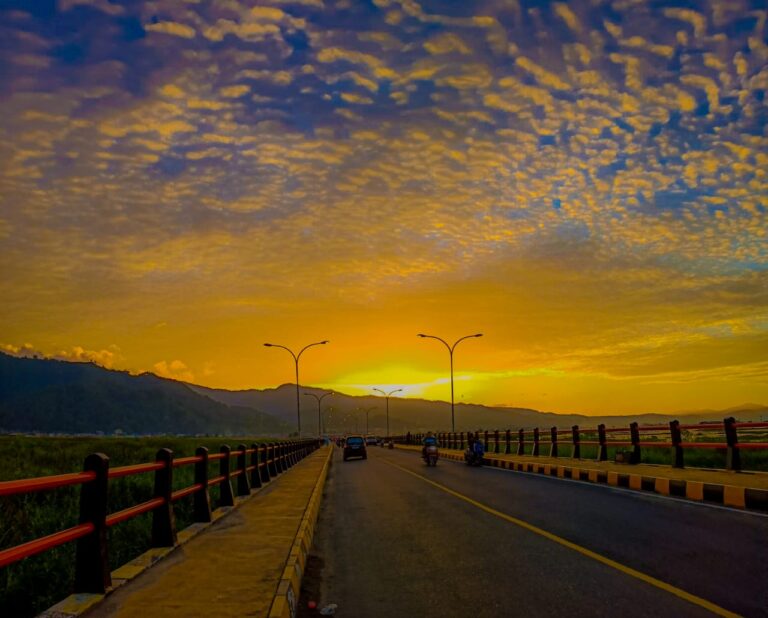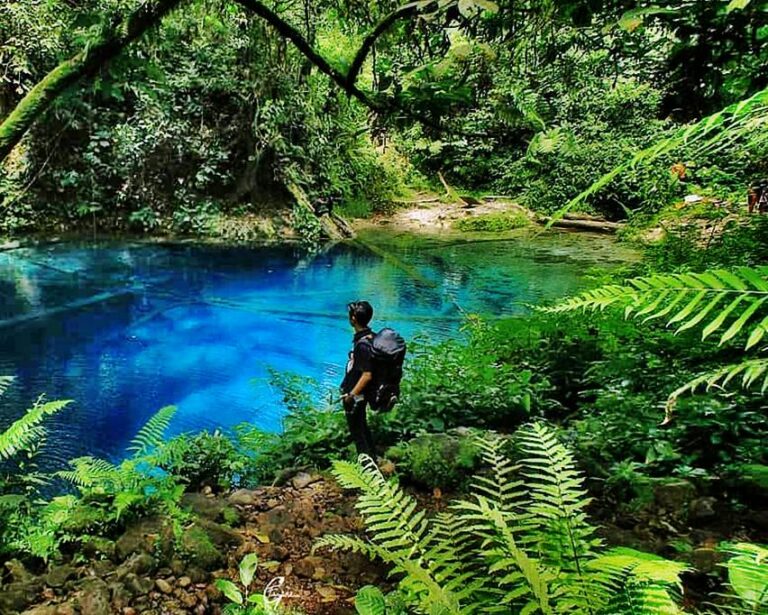Edelweiss: The Mountain Flower That Stands for Forever
There’s something about the Edelweiss flower that just feels special. Maybe it’s because you won’t find it blooming in just any backyard. Nope, this little white star only shows itself high up in the mountains, making it a rare sight and a symbol of something deeper: toughness, love, and timeless beauty.
Let’s dive into what makes Edelweiss so iconic, from where it comes from, what it looks like, where it grows, and why people have been fascinated by it for generations.
Where It All Started
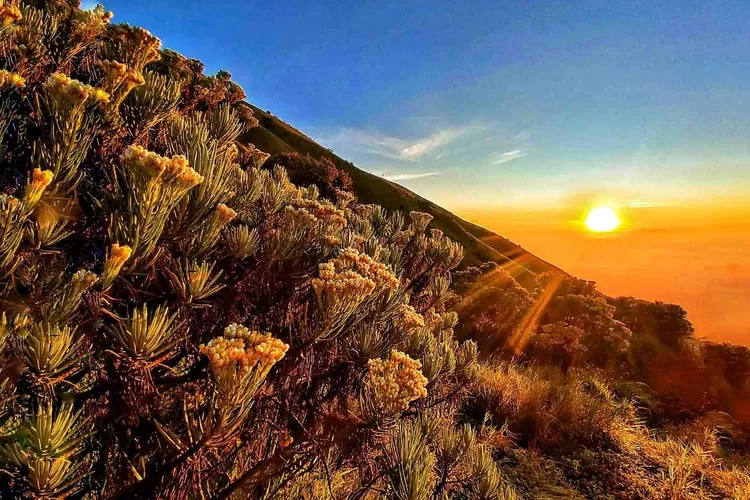
The name “Edelweiss” comes from German: edel means noble, and weiss means white, which perfectly describes its pure, elegant appearance. This flower naturally grows in high-altitude areas, especially in the Alps. Countries like Switzerland, Austria, and Germany treat it like a national treasure. Over there, Edelweiss is more than just a plant n;t it stands for bravery, undying love, and a certain rugged charm that only comes from surviving in the harshest spots on Earth.
In Indonesia, we’ve got our version: Edelweiss Jawa (Anaphalis javanica). A German botanist, Carl Ludwig Blume, was the first to document it in the early 1800s on Java Island. It thrives in volcanic mountain areas and lights up the trails of places like Mount Semeru, Rinjani, Gede Pangrango, Papandayan, and Kerinci.
What It Looks Like
Edelweiss isn’t flashy, but that’s part of its charm. It has silvery-white petals that almost look fuzzy, like they’re wearing a soft coat. That’s a defense mechanism to survive cold mountain winds and strong UV rays. The plant itself is like a small shrub, usually standing 30 to 80 cm tall, depending on where it’s growing.
It tends to bloom between April and August. When it does, the flowers appear in small star-like clusters, creating a breathtaking sight, especially when they cover entire mountain slopes. And get this: even after being picked, the flower lasts for ages. That’s why it’s often called the “eternal flower.”
Where It Grows
This flower isn’t your average wildflower. It only grows at elevations between 1,800 to 3,400 meters above sea level. Up there, the air’s thin, the ground’s rocky, and nutrients are hard to come by. But Edelweiss has adapted; its strong roots help it cling to steep slopes and survive where most plants wouldn’t.
It also plays an important role in the mountain ecosystem. It helps prevent soil erosion and gives microorganisms a home. If you see Edelweiss thriving, it’s a good sign that the mountain environment is still in good shape, not overly disturbed by human activity.
Deeper Meaning in Culture
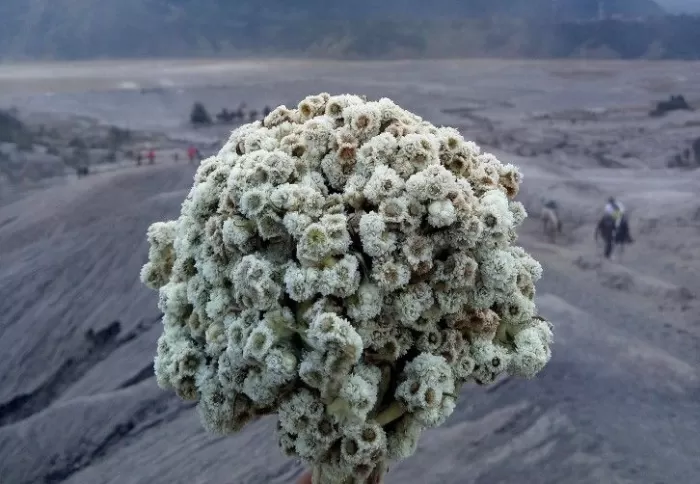
Across Europe, Edelweiss has long been tied to themes like eternal love, loyalty, and courage. There’s even an old legend: if a man picked an Edelweiss and gave it to someone he loved, it meant he’d risked life and limb climbing up dangerous peaks to get it. That kind of devotion gave the flower romantic status.
Here in Indonesia, the symbolism isn’t quite the same, but Edelweiss still holds spiritual weight. For hikers and nature lovers, it represents a physical, mental, emotional, a nd spiritual journey. Because you can only see it if you truly commit to the climb, it becomes a metaphor for perseverance and respecting nature’s quiet power.
Conservation & Threats
Unfortunately, Edelweiss’s beauty is also its biggest threat. Hikers used to (and some still do) pick it as a souvenir, not realizing that this simple act can wipe out entire populations of the flower over time. In some areas, it’s already on the brink of disappearing.
In Indonesia, Edelweiss is now protected by law specifically under Government Regulation No. 7 of 1999. That means picking or damaging the plant can land you in legal trouble. Conservation groups and hiking communities are also stepping in with campaigns to raise awareness and teach people to look, not touch.
Many national parks are taking it a step further by cultivating Edelweiss in special zones. These efforts don’t just help the plant survive, but also give visitors a way to appreciate it without harming the wild population.
The Role of Education & Social Media
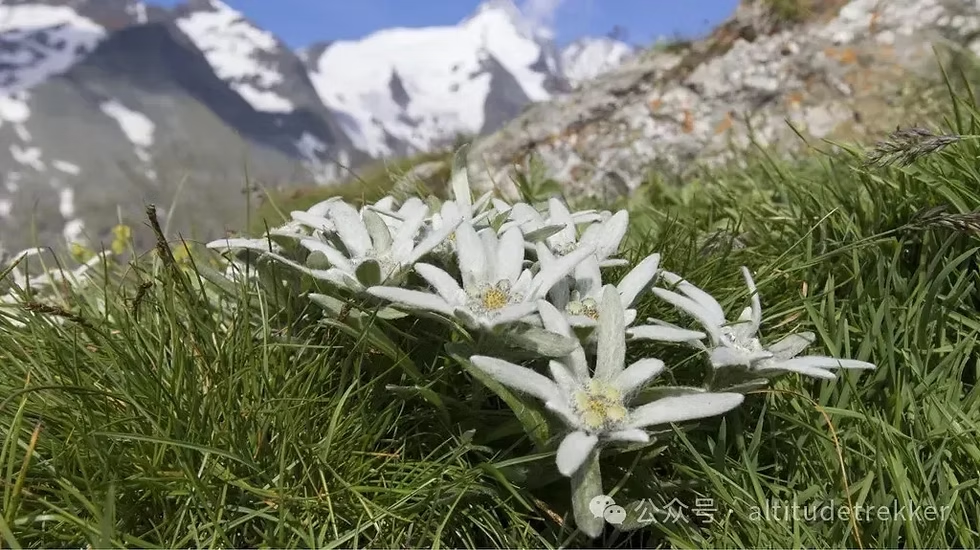
Education is a game-changer when it comes to protecting Edelweiss. Schools, outdoor clubs, and environmental organizations all play a role in spreading the message. Teaching kids about native plants like Edelweiss early on can build a strong sense of environmental responsibility for the future.
Social media is a double-edged sword here. On one hand, platforms like Instagram and TikTok have made it trendy to post pictures of Edelweiss during hikes, which can encourage more people to look for it, and sometimes pick it. On the other hand, when used wisely, social media can be a powerful conservation tool. More and more hikers are promoting the idea of “leave no trace” and using hashtags like TakeOnlyMemories to push back against the souvenir mindset.
Final Thoughts
Edelweiss is more than just a flower that blooms high up on a mountain. It’s a symbol of strength, lasting love, and the bond between people and wild nature. Its rarity makes it even more special, a reminder that some things are best left untouched and simply admired where they belong.
With stronger education, better laws, and a collective effort to protect it, we can make sure Edelweiss keeps blooming for generations to come. After all, some symbols like courage, love, and respect for nature should never fade away.

